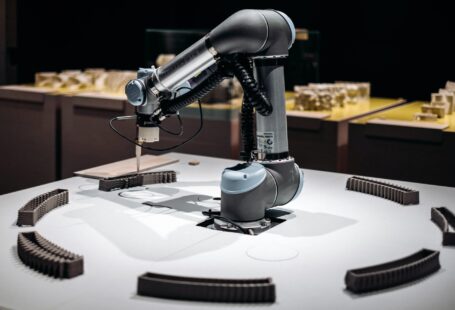In our ever-expanding technological landscape, 3D printing has revolutionized the way we conceptualize and create products. With a wide range of materials available for 3D printing, new possibilities are constantly emerging. Rare materials are now becoming a viable option for 3D printing, offering unique benefits and potential applications.
Advantages of 3D Printing with Rare Materials
3D printing with rare materials offers a number of advantages over traditional manufacturing processes. By using a material that is difficult to obtain, manufacturers can produce unique products that are not available through traditional methods. 3D printing with rare materials also allows for greater control over the design of the product, as manufacturers are able to customize it to their exact specifications. Additionally, the cost of production is usually lower than with traditional methods, as the cost of rare materials is often cheaper.
Types of Rare Materials Used in 3D Printing
There are a number of rare materials that can be used in 3D printing. Some of the most popular include titanium, tungsten, molybdenum, aluminum, and cobalt. Each of these materials has its own unique properties, allowing for a variety of applications. Titanium, for example, is known for its strength and light weight, making it ideal for producing parts for aerospace and automotive applications. Tungsten is also very strong and is often used for producing parts for medical implants and other precision components. Molybdenum is known for its high melting point and is often used for 3D printing parts that must withstand extreme temperatures. Aluminum is lightweight and can be used to create complex shapes, while cobalt is corrosion resistant and is often used for creating electrical components.
Applications of 3D Printing with Rare Materials
3D printing with rare materials is becoming increasingly popular for a variety of applications. One of the most common is the production of medical implants, such as hip and knee replacements. Titanium is often used for these implants, as it is strong and biocompatible, making it ideal for use in the body. 3D printing is also becoming popular for producing customized jewelry, as it allows for intricate designs to be created with precision. Additionally, rare materials are being used in the aerospace industry for producing aircraft parts, as they are often stronger and lighter than traditional materials.
Conclusion
3D printing with rare materials is becoming an increasingly popular option for manufacturers. By using these materials, manufacturers are able to produce unique products that are not available through traditional methods. Rare materials also offer a number of unique benefits, such as increased control over the design and lower costs of production. With a wide range of applications, rare materials are quickly becoming an integral part of the 3D printing industry.





